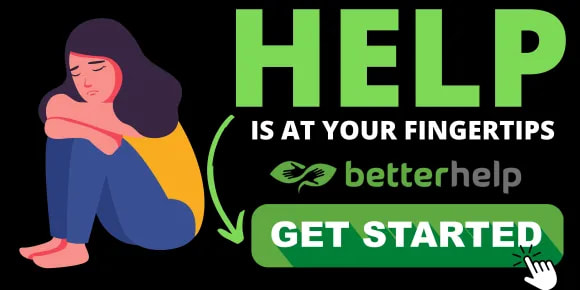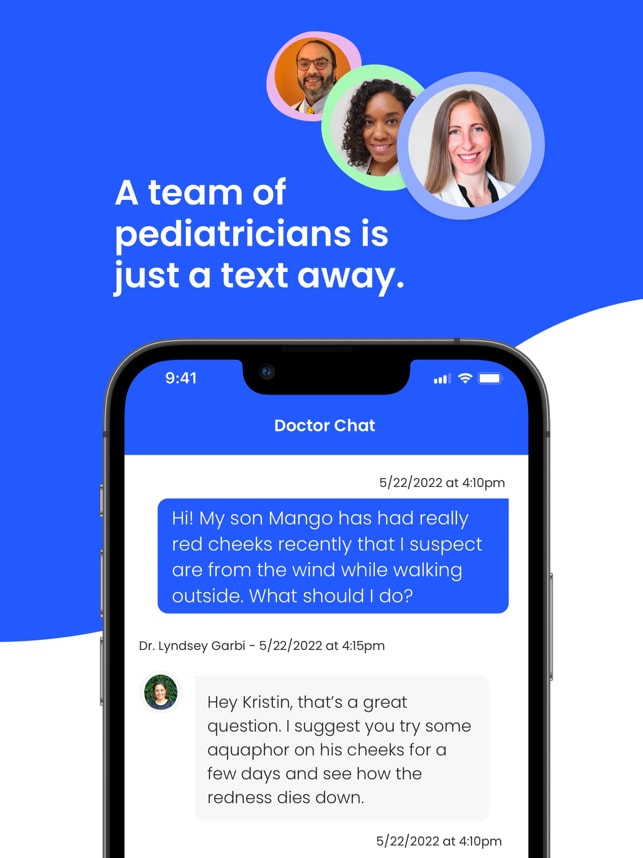|
Bringing a school-age or teen foster child into your home can be an exciting and rewarding experience. As a foster parent, it's important that you make your foster child feel comfortable in their new environment. That can be difficult given that you may know little about them before they come into your home, but with the right plan in place, it's feasible.
The teenage years can be difficult for any child, but they can be especially challenging for a foster child. As a foster parent, you may feel unsure of how to connect with your new teen. It is important to remember that as their primary adult in their life, you have the power to make a lasting impact on their lives. Here are some tips on how to build a strong connection with your teenage foster child.
Be Respectful and Understanding It is important to remember that your foster child has likely been through unimaginable trauma in their young lives. Showing them respect and understanding is essential for building trust and creating an atmosphere of safety for them. Be mindful of their boundaries and encourage them to open up when they’re comfortable doing so. When they do share things about themselves or their past, listen actively and take what they say seriously. Validate their feelings when appropriate and remind them that it’s okay not to be okay sometimes. Establish Rules and Expectations Together Rather than setting strict rules about phone/technology use, relationships, chores and curfews prior to their arrival, come up with this list together. Sit down and have a conversation about what their expectations are in these areas; When they differ from yours, explain why other rules may be in their best interest and, as often as possible, come up with a compromise together. Have Fun Together It’s easy to get wrapped up in trying to meet all the challenges facing foster children without taking time out just to enjoy each other’s company. Find activities that you both enjoy such as going on hikes, playing board games, or volunteering together. Use this time together as an opportunity to talk about things outside of school or therapy sessions, like interests they have or more about their personality! These shared experiences will help create memories that will last long after your time as their foster parent has ended. Bonding with a teenage foster child can seem intimidating at first but it doesn’t have to be! By being respectful, setting rules together, and having fun together, you can create a strong bond with your teenage foster child that will benefit both of you during this difficult period. Keep these tips in mind as you embark on this journey together! Good luck! While actions certainly speak louder than words, I say these things to our foster kids often (especially in the first month) to help these phrases become mantras in their mind. My hope is that after hearing them a few dozen times, they begin to see truth in them (which is where actions come into play) and can say them with no prompts from me.
1. You are safe. When they worry, I want them to remember they don't have to right now. They are safe. I try to explain exactly how they are safe to by adding "this house is safe, I will make sure no one hurts you here, we have enough food, and we will make sure you have a safe place to sleep". 2. You are so loved. While I tell them I love them too (yes, even before I actually really feel all the lovey feelings, because I love them as a human), I talk to them about all the people who love them. As is appropriate, bio parents, former foster parents, siblings, and then our family and extended family (like grandparents, aunts and uncles). I want them to know that love surrounds them. 3. I'm here to take care of you. In addition to #1, I add this so they can recognize who I am. Not a mean person who took them away from their bios. Not a stranger any more. Kids shouldn't have to worry about who is taking care of them, but unfortunately, kids in foster care have often learned that it's not a given. Telling them that is your goal will help them find ease. When you have to give them direction or discipline, you can remind them of this, i.e. "I'm here to take care of you, and I can't let you do this because it's not safe" 4. I'm sorry this is so hard for you. Let's face it, becoming a foster kid really means switching families. Even as adults, we'd find that hard and yet we often expect kids to do it and not struggle. Hearing that you see this as a difficult situation may help them know that their feelings about it are real and okay. 5. Do you miss... [bio parent/former foster parents/siblings]. You may hope that not talking about bios families may help them move on. But nope, they are feeling the loss and some kids, especially young ones, don't even know what the feelings are. Giving them these words will help them identify and communicate their feelings. 6. It's okay to be sad or mad (and as needed, "but it's not okay to hurt people"). This is especially helpful to say when you see anger boiling up. Again, they may not know these feelings and maybe all they know to do is share their pain by hurting others. Give them the words so that they know how to communicate them without the hitting, kicking, biting and yelling. 7. Let's practice taking deep breaths. During calm times, get them to practice taking deep breaths. Practice often during calm times so that when they are having big feelings or otherwise are dysregulated, you can remind them to take a deep breath and it's like second nature. 8. What are some things that make you happy? While a question, find some safe things that may them happy so that you can use them when they are feeling big feelings OR that you can name them when they need something happy to think about. It's also just a great way to get to know your foster kid. What's so cool is that time and again, after a few weeks/months of saying these things often (the timeline depends on the kid and their developmental age -- but I have seen it happen in as soon as 2 weeks), I hear them start to say these things to themselves or to those around the house. I hear them use words like "I'm mad" instead of hitting. I see them take a deep breath with they're getting upset or dysregulated without me having to say a word. What are some things you say to your foster kids regularly? Bonding with a new foster child may come naturally to some foster parents. I can admit, however, I am not one of those parents; I have to take deliberate action in order to create that bond. The good news is that with time and work, the bond can not only exist but be the foundation for a strong foster parent/child relationship.
1. First and foremost, especially in the first weeks, meet their needs quickly and their wants as often as you can. This is best way to bond with a child in foster care. In this way, treat them much like you would a new baby. If they say they’re hungry, get them food quickly (and on that note, while you’re out and about, have snacks ready). If you notice they’re tired or over stimulated, help them take a break or nap. If you see they’re seeking attention, give it to them in a positive way. 2. Gently create structure and boundaries. During the first few weeks, foster parents will want to create structure and boundaries but do so as gently as possible recognizing the major life change these kids have experienced and that they won't listen to your boundaries and structure until they know they can trust you. 3. Get rid of distractions (for at least a few hours a day during the first few weeks). This can be difficult with appointments and adjustment, but if you can devote a few hours each day the first few weeks to the foster child, it will pay dividends in their behavior and your bond over the long term. If you have other kids and they aren't in school or daycare, ask someone to focus on them for a bit so you can focus solely on the new child in your home. Put your phone down, don't worry about cleaning or cooking, and just dedicate your time and energy to the child during that period. 4. Read together. Spend 10-20 minutes every day reading together. For babies and toddlers, keep it simple and recognize they’ll probably want to read the same book over and over (and over again). For school aged kids, yes, practice reading skills but for bonding purposes, just read a silly book together without feeling too much like a reading coach (for now). For pre-teens or teens who maybe aren’t interested in side-by-side reading, have them pick a book that you both read separately and come together every few days to discuss. 5. Do puzzles together. For littles, this can include simple shape puzzles. For older kids, including teens, find a picture puzzle that they like and at the difficulty level they can handle. Work on it together, praising their efforts (if focusing is tough for them, praise them when they can focus for even 30 seconds) and celebrating your joint success. 6. Sing or listen to music together. There is something so amazing about music. One of our toddler placements had off-the-wall energy but, somehow, when I sang to him with my less-than-perfect voice, I watched him immediately calm down almost in awe. One of our other placements came to us fairly serious/sad but when a song came on he liked he came alive and would dance around the room. Find songs they react to and play it often to help them associate your home and you with something positive. 7. Take a walk or exercise together. Exercise is good for us all, particularly during stressful times like a major life-changing event. Infants and toddlers will enjoy you describing things you see and hear along a walk around the block. Ask engaging questions like "what was the best part of your day" to verbal kids. Maybe your older kids are into a sport; take a stab at it. Even if you're terrible at it, they'll likely enjoy that you gave it try. 8. Watch their favorite show or movie together. (I'll eventually have to write a separate blog about why I don't think foster parents should ban their foster kids from watching TV.) Once you figure out what their favorite movies or shows are, sit down next to them on the couch and enjoy it together. Occasionally ask questions or make observations about what they're seeing or what characters are doing. Discuss the show after, asking about plots, beginnings and ends, characters, etc., but try to sound more interested than probing. Listen to songs from the show or movie when you need to move on from screentime (with help from Spotify). 9. Play. For ages 2-8~, give them opportunities for unstructured play. Engage with them by mimicking their actions, asking questions, and having fun. If your child is older, they may not be into unstructured play so grab a fun game or join them in a video game they like. Mirror their interest and engagement level. 10. Positively engage their senses. Why do so many people love fireworks? Because it engages your sense of sight (the bright lights against a dark sky), sound (the popping of the firework), touch (feeling the outdoor air), and often taste (with good food near by). The beach? Because it engages your sense of sound (the ocean waves), sight (the beautiful scene), touch (the waves hitting you, the sand on your feet and the warm breeze), smell (the ocean air) and, again, often taste. Find a scene that offers positive sensory engagement. It's possible some kids, especially littles, may find major sensory experiences overwhelming so for the younger crew it may be good to start with smaller sensory experiences and work your way up. Whatever you do, put in the effort and it will help you foster love and bonding with your foster child. |
AuthorI'm a foster mom, bio mom, working mom, special needs mom, busy mom. I'm also married to my high school sweetheart, I'm a proud 23-year childhood cancer survivor, and I'm passionate about serving my community. More from FosterMamaArchives
March 2023
Categories
All
|




 RSS Feed
RSS Feed